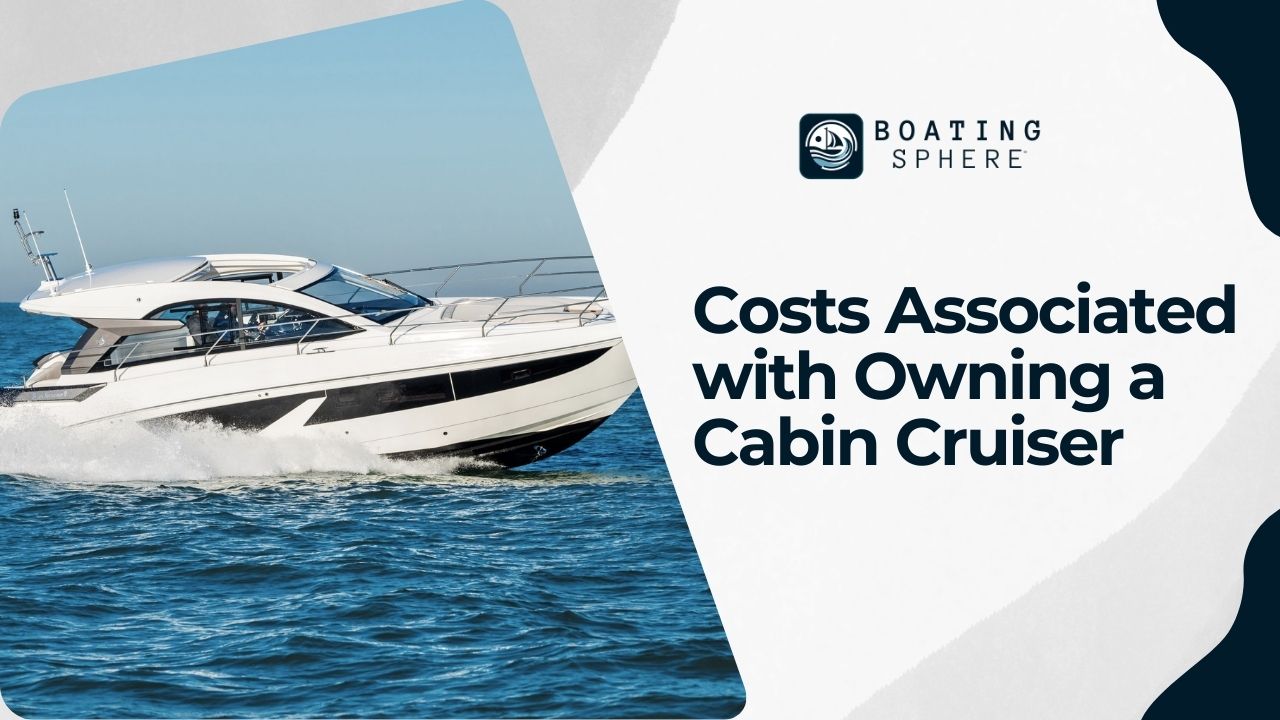Cabin cruisers are an ideal option for families and those looking to venture a bit further out. Perfect for enthusiasts who adore life on and near the water, these boats are excellent venues for hosting gatherings and escaping the routine.
They strike a perfect balance between the homeliness of an RV and the opulence of a floating luxury suite. While offering many of the luxuries found on larger yachts, they are less costly and simpler to manage.
The charm of cabin cruisers lies in their ability to bring families and friends together on the water during daylight and after dusk. These vessels are versatile, enabling various aquatic activities from tow sports to deep-sea fishing and leisurely cruising with loved ones, including pets. While all boats are suitable for cruising, cabin cruisers are designed to offer the most comfortable experience for spending quality time on the water with family and friends.
Cabin cruisers are akin to portable mini holiday homes on water, allowing families to embark on aquatic journeys. These boats offer the versatility to explore new locations, enjoy boating weekends, or relax with a day of swimming and leisure on the water.
Specifications for Cabin Cruisers:
- Maximum capacity of 10 passengers
- Length ranging from 20 to 40 feet
- Designed for trailering
Cabin Cruiser Options

Top-tier cabin cruisers are equipped for extended stays, featuring amenities for sleeping, cooking, and restroom facilities referred to as the “head” on board. Larger models can accommodate private sleeping quarters, known as “staterooms,” sleeping up to twelve individuals.
Opting for a slightly smaller model, such as the best cabin cruiser under 40 feet, you’ll find at least one private stateroom and additional sleeping arrangements for guests or children. A cabin cruiser under 30 feet may offer more compact space but still provides sleeping capacity for four to six people.
The convenience of onboard sleeping and cooking capabilities enhances your travel options beyond car travel and hotel stays. Most destinations offer overnight dock rentals, dining options accessible by boat, and attractions within a short walk or ride-share.
Cabin cruisers provide comfortable living spaces and all the benefits of boat ownership, including swim platforms, loungers, and fishing opportunities. Whether day cruising or overnight stays, cabin cruisers offer various activities.
Costs Associated with Owning a Cabin Cruiser

The purchase price of cabin cruisers varies significantly, influenced by the boat’s size. While some models may reach a million dollars, many smaller cabin cruisers are surprisingly affordable, often costing less than comparable RVs or motorhomes.
Cabin Cruiser Maintenance Expenses
Every aspiring boat owner must consider maintenance expenses well before purchasing. Our “How to Buy a Boat” section, especially the “Boat Interior Restoration and Ingenious Renovation Ideas” pages, offers insights into the upkeep involved. It’s crucial to remember that boats with multiple engines will incur higher maintenance costs.
Cabin Cruiser Running Expenses
The running costs of a cabin cruiser can significantly vary, heavily influenced by how the boat is utilized. While fuel remains the primary variable cost, it’s important to factor in mooring fees. Additionally, storing your cabin cruiser during the off-season is essential in many regions.
See Also: How To Winterize A Boat? Cost To Winterize A Boat
Cabin Cruiser Evolution
The evolution of cabin cruisers has been profoundly influenced by modern technology, notably with the shift towards outboard engines. Traditionally, cabin cruisers were equipped with inboard or stern drives. Still, outboard engines’ enhanced reliability and fuel efficiency have made them a popular choice, especially for cruisers under 30 feet. For larger models, inboards and pod drives are more common. Explore our “The Best Outboard Motor Brands” guide for detailed information on these propulsion systems.
Technological advancements have also revolutionized cabin cruiser control systems through digitization, simplifying interactions with the vessel. Operating various boat functions has become as easy as using an app. For instance, activating the anchor lights no longer requires manual switch toggling but can be done via a touchscreen at the helm or even through a smartphone.
Was this page helpful?

